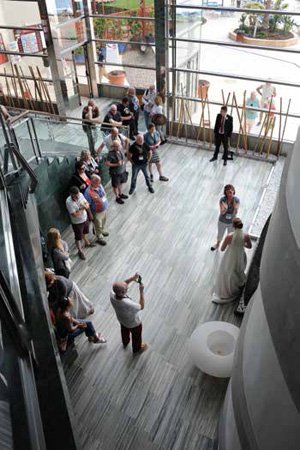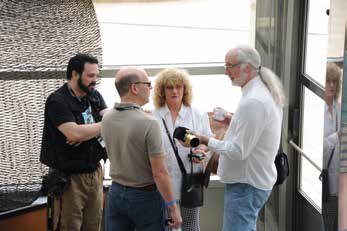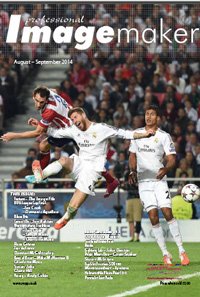articles/Training/pto-change-face-page1
Photo Training Overseas. The Changing Face Of Photography - part 1 of 1
Published 01/08/2014

Photography has changed dramatically over the last few decades, my career started in the 50s at a commercial photographers when all they used were 12"x 10" glass plate cameras made from wood and metal, the weight of a case with camera and six double-sided glass plates in wooden holders, plus a lens and flash powder tray - yes flash powder - was more then you are currently allowed to have for your hold baggage when flying overseas! They weighed over 20 kilos and the apprentice was charged with carrying this lot to wherever the photography assignment was taking place. Oh yes, I forgot to mention my mentor did not drive, so it was buses and Shanks's Pony on every assignment. The other most unusual situation compared with today's photography is that all plates where hand developed in tanks and prints made by contact and developed in finger-staining solution called developer. The print was then 'fixed' in something strangely called 'fixer' - it has another meaning today - and then hand-washed for 20 minutes or until the apprentice's hands turned blue! The prints were placed on a very hot, rotating shiny metal drum aptly termed 'Glazer' - not the Manchester United owners, but a machine.
The results were often quite incredible, with stunning clarity. In the sixties we encountered a major breakthrough in photography when glass plates were superseded by sheet film in all sizes and enlargers were introduced into the market. The company I worked for took the bold decision to reduce the wooden camera sizes and use half plate film, which was just below 7"x5". This was new technology and involved different skills in learning to use enlargers! Dodging and shading the projected image onto the sheet of photographic paper became a great skill in its own right and many hand-made devices emerged such as little wands to shade the light during the long time-exposure; although this was a great skill it was difficult obtaining matching prints when it was necessary to provide a run of several prints off the same image. The processing hadn't changed so we still encountered brown fingers, badly stained finger nails and blue hands during the print washing process. Then technology really took a leap forward when the stainless steel 'washing tank' was invented, no more blue hands and frozen fingers.

I was apprentice to a real character of the trade, he measured exposure by licking his finger holding it up in the air and seeing how long it took to dry, if that was 30 seconds then that was the exposure required when he was using his beloved 12" x 10" plate camera. There were, of course, exposure meters, even in those days they were like pocket watches and had a lithium paper face with a scale on it, if you laid this on the ground the paper would change colour, you timed how long this would take and that would then be your exposure, however, my mentor did not warm to 'new fangled' ideas and preferred the licked figure method, which, surprisingly, was quite accurate! I recall one of my first adventures with this unusual character, who dressed a bit like the TV detective 'Columbo', when we visited a construction building site of a large, new power station; he carefully set up his camera, seemed to spend an eternity under a black cloth framing his image and focusing, meanwhile my task was to prepare the means of image illumination, I was instructed to put on my bobbled hat and gloves, pour some dry powder into the lighting tray and hold the tray above my head. My mentor meanwhile was muttering about a steel worker situated up a ladder doing some welding - he hoped he would keep still during his 30-second exposure. Then, with lens cap off, some 10 seconds into the exposure, he lit the blue touch paper, whilst instructing me to keep the flash tray as high as possible, then whoosh; the bright powerful illumination emerged, the bloke fell off his ladder in fright, the photographer came out with expletives I had not heard before which began with "F" and finished with hell "he's moved and "F'd" up my shot!
I had better sign off now before we run out of space, however, there's more if you find this interesting enough to tune into the next Imagemaker magazine.
But how things have changed; now, we are into fantastic, small, lightweight cameras, exceptional lighting equipment, photographer trainers enlightening us on better techniques instead of having to read the 'Ilford Manual' to find out what we needed to know; it is all here for you at Photo Training Overseas next 30 January to 6 February 2015 in sunny Tenerife, so come and join us, booking form available at www.pto-uk.com
You are currently on page 1
1st Published 01/08/2014
last update 09/12/2022 14:58:20
More Training Articles
There are 16 days to get ready for The Society of Photographers Convention and Trade Show at The Novotel London West, Hammersmith ...
which starts on Wednesday 14th January 2026





